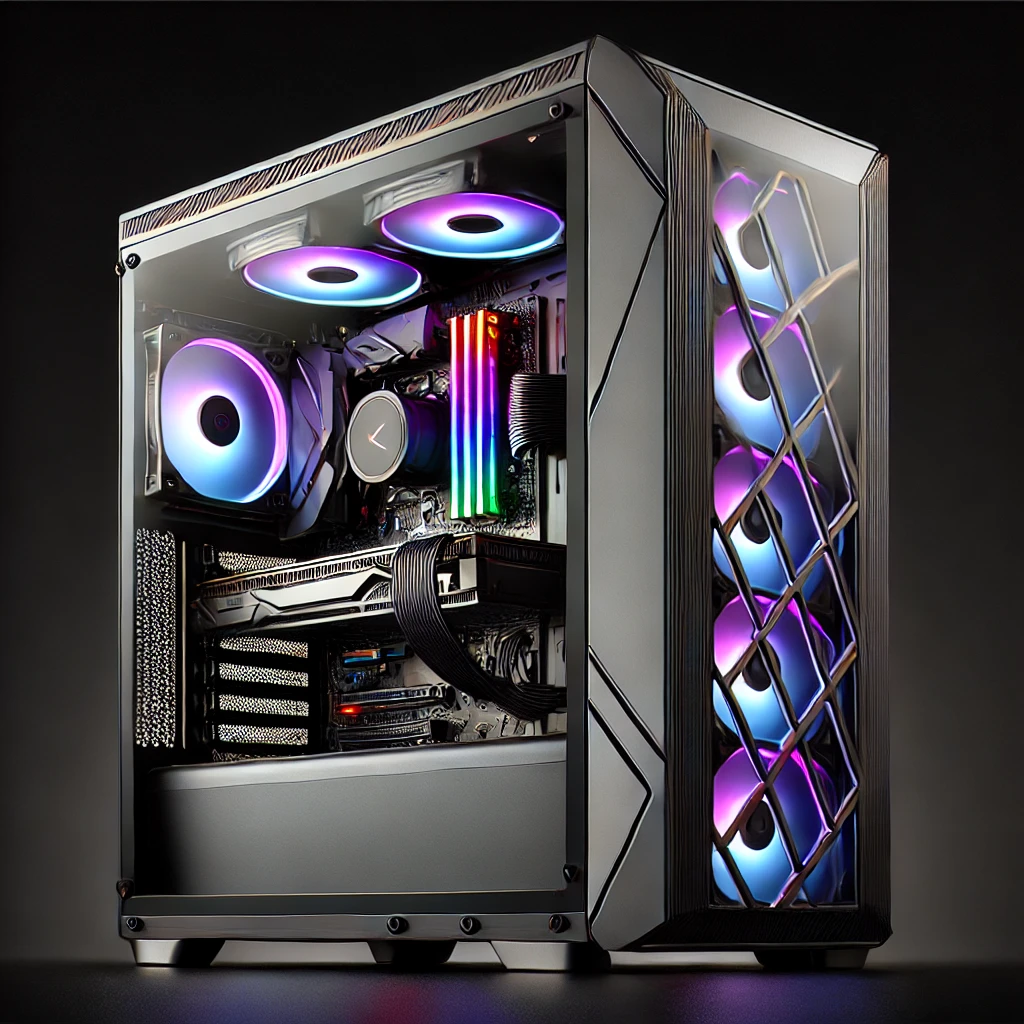Your cart is currently empty!
Smart plugs what to get. When I first set up our Mac Repair Shop in the shed behind my house, I quickly realized how chilly it could get. Needing a way to warm the space before even stepping outside, I explored various options. Timers were an option, but they often proved overly complex. That’s when I decided to try smart plugs, and I went for the budget-friendly Gridconnect smart plugs from Bunnings.
- Grand Re-Opening October 2024!
- Testing out smart plugs
- Smart home hub what to you need?
- Making a smart home and what do you need?
Early Days of Smart Device Integration
Back in the early days of the “Internet of Things,” companies were keen on locking customers into their ecosystems. This made it challenging to integrate devices from different brands—Google devices wouldn’t mesh well with Apple’s, and compatibility issues between apps and hubs were common. Unfortunately, the Gridconnect smart plugs were a product of this era. Despite claims of Apple compatibility, they only worked with Google Home.
The Limitations of Gridconnect
The major drawbacks of the Gridconnect were:
- No Siri support
- Incompatible with Apple HomeKit
- Reliance on their proprietary app (though workarounds exist)
Matter: A Solution to the Ecosystem Problem
Matter, a new open-source standard, promises compatibility across major ecosystems like Google, Amazon, Apple, and more. However, adoption has been slow, and many IoT products on the shelves still don’t support this standard.
My Experience with Gridconnect
Given my limited budget, I decided to stick with Gridconnect plugs initially. Setting them up was not straightforward—they only operate on 2.4 GHz Wi-Fi networks and can be finicky about router settings. My home setup required a separate router configured as a Wi-Fi bridge due to the inflexibility of my main modem. Connecting the plugs to the network was time-consuming, involving holding down a button and hoping for the best—a real test of patience even for a tech enthusiast.
The app was functional, with clear controls and options for timing operations, but its automation capabilities were limited and did not integrate with my other smart devices. Its main advantage was that it did not require a hub, but this also severely limited its functionality.
Switching to TP-Link Smart Plugs at the Shop
At the shop, I opted for a TP-Link smart power strip that had been lying unused. Setup was tricky, but once operational, it connected seamlessly to our Home Assistant hub. This allowed for greater automation and integration with other devices, making TP-Link a superior option due to its flexibility and broader ecosystem compatibility.
Conclusion: Opt for a Hub
From my experience, a dedicated smart home hub is undoubtedly the best option for managing and expanding your smart home setup effectively. It offers much greater flexibility and integration possibilities compared to standalone apps or limited ecosystem devices.
Tips for Smart plugs
Works best for devices that you do not plan to move around often. While unplugging the smart plug does not sever its connection to wifi moving it around the house can have limited success as the antenna on these devices tends to be small in comparison to other smart devices like phones.
Make sure that your devices turn on automatically when they have power. While my heater is a simple device, all I need to do is leave the built-in switch on and allow the smart power point do all the work. My portable air conditioner does not work that way. When it is first connected to power you still need to push a button to turn it on. (Standby mode) This means that I can turn off the air conditioner remotely but not turn it on.
Do not connect computers to smart switches. Computer towers do not like having their power turned off like that. Connecting a computer towner to a smart switch is basically insuring you will need to have it repaired in a few months.
When placing heaters consider what would happen if an automation turns on the heater when you are away. Make sure that everything is clear of the heater just in case.
Discover more from LithGeek Custom Gaming Computers
Subscribe to get the latest posts sent to your email.
by
Tags:


